With both China and Turkiye entering a new era of green and innovation-led growth, the transition will provide them with the capacity to address challenges and capitalize on opportunities for the advancement of trade and economic cooperation between the two countries, said analysts and business leaders.
Many opportunities are being generated by the growth of the Belt and Road Initiative and Turkiye's Middle Corridor Initiative. They have deepened and diversified bilateral business cooperation and trade channels, offering a natural option for them to advance their growth strength.
The Middle Corridor is an initiative that seeks to connect Turkiye to China via Georgia, Azerbaijan, the Caspian Sea, and then either Kazakhstan or Turkmenistan, Uzbekistan and Kyrgyzstan. It envisages the revival of the ancient Silk Road and has created a natural synergy with the BRI, according to information released by Turkiye's ministry of foreign affairs.
Turkiye's strategic position at the intersection of Europe, Asia and the Middle East will pave the way for its role as a regional transportation hub, which has gained momentum in recent years, said Zhang Yongjun, deputy chief economist at the Beijing-based China Center for International Economic Exchanges.
Even though the Chinese and Turkish economies have been affected by softening global goods demand and geo-economic fragmentation in recent years, the degree of interdependence between the two remains stable in bilateral trade, he said.
Benefiting from their complementary goods trade structure and big-ticket projects of regional connectivity, China-Turkiye trade surged 12.8 percent year-on-year to $38.55 billion in 2022, data from China's General Administration of Customs showed.
Bilateral trade sustained growth momentum in the first eight months of 2023, while the two countries saw their trade value soar 14 percent on a yearly basis to $29.89 billion, according to government data.
China ships mainly photovoltaic products, smartphones, construction machinery, manufacturing equipment, steel, electronics and household appliances to Turkiye. In addition to minerals, precious and base metals, chemical and agricultural products, Turkiye's exports to China include plastic, rubber, furniture, toys, transportation equipment, and textile and garment goods, custom data showed.
Feng Hao, a researcher at the National Development and Reform Commission's Institute of Comprehensive Transportation, said that China-Europe freight train service has proved even more vital over the past three years. Freight trains have played a crucial role in stabilizing the global supply and industry chains, due to limited air and maritime transport options during COVID-19 shutdowns.
The China-Europe Railway Express has also benefited from Turkiye's ongoing construction and improvement of railways, infrastructure facilities and service businesses, he said.
The initiation of direct train services between Turkiye and China in 2020 is an example of such development. The train follows the Trans-Caspian East-West-Middle Corridor via the Baku-Tbilisi-Kars railway. Its route covers almost 8,700 kilometers, passing through two continents, two seas, five countries and taking its freight from Istanbul to Xi'an, Shaanxi province, in less than two weeks.
CRRC, China's largest rail transportation equipment maker by sales revenue, started to manufacture driverless high-speed subway trains in Ankara, Turkiye, in June. This project is China's first driverless subway project with a speed of 120 kilometers per hour to be constructed overseas and is also Turkiye's first driverless subway project.
The driverless high-speed subway trains are manufactured by CRRC Zhuzhou Locomotive, a Hunan province-based subsidiary of CRRC. These trains can accommodate up to 1,100 passengers, said Liao Hongtao, CRRC Zhuzhou's vice-president.
The trains are equipped with a fully automatic operation system, which aligns with the highest international standards. The system eliminates the need for a driver's cab and enables the train to perform unmanned functions such as starting, stopping, passenger loading and maintenance operations.
Furthermore, these trains adopt fully automatic train reconnection technology to enhance flexibility in the marshaling process, meeting the various needs of passengers at different times of the day, he said. Liao added that the newly developed rack-controlled traction system can adjust to large ramps, so that the train can maintain stable performance while operating.
The Istanbul Airport subway line serves as an important transport hub connecting the airport with the city center, and is the first high-speed subway line in Turkiye. Some 34 km of the line has opened, with a daily capacity of up to 800,000 passengers.
Liao said that the Chinese train maker placed emphasis on cooperation and win-win partnerships with local companies across various stages, such as procurement, manufacturing, operations and maintenance.
"The localization rate has reached 60 percent in this train manufacturing project. In addition to creating some 200 jobs, the project will directly stimulate the development of local rail transportation industry," he added.
A total of 13 local companies signed localization purchase agreements with the CRRC Zhuzhou Locomotive, in Turkiye in June. Since 2009, the company has collaborated with local governments, businesses and communities, providing more than 400 high-end urban rail vehicles and services to cities such as Istanbul, Ankara and Izmir.
Also in June, State Power Investment Corp, a Beijing-headquartered State-owned enterprise, announced that the photovoltaic power generation project of the Hunutlu Power Plant in Turkiye, with an installed capacity of 21 megawatts, was connected to the grid in late May.
SPIC, the project's operator, said this solar power project is able to provide approximately 33.39 million kilowatt-hours of clean electricity annually, equivalent to powering 6,677 households. It will also save approximately 10,179 metric tons of standard coal and reduce pollutant emissions by approximately 27,789 tons.
The photovoltaic power generation project will lift the economic competitiveness of the area while reducing station service power consumption rates, it said.
The company has been coming up with renewable power generation capacities affiliated with the Hunutlu Power Plant, against the backdrop of the global green energy transition, according to information released by the State-owned Assets Supervision and Administration Commission of the State Council.
SPIC is currently carrying out the construction of the second and third phase of the photovoltaic project, aiming to increase the installed capacity of renewable energy and making the power plant greener.








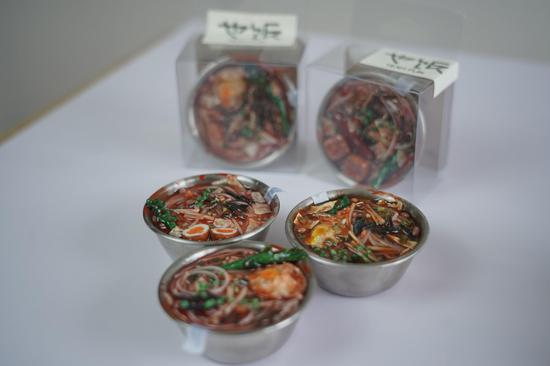



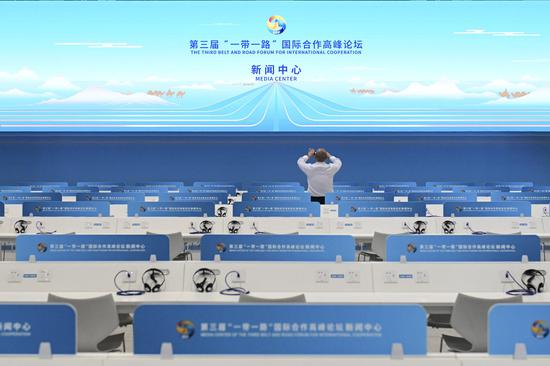
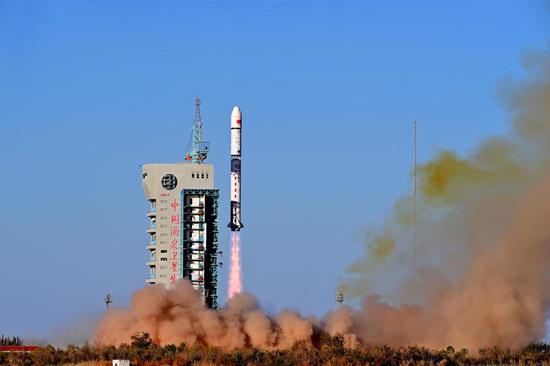
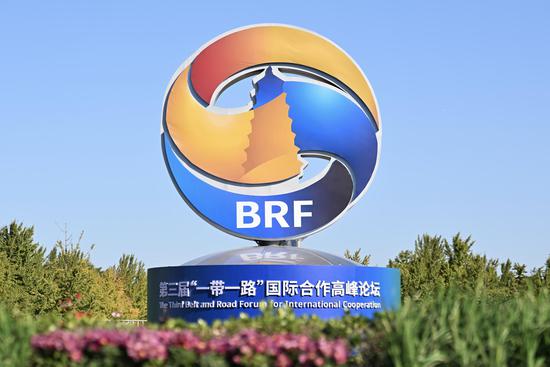
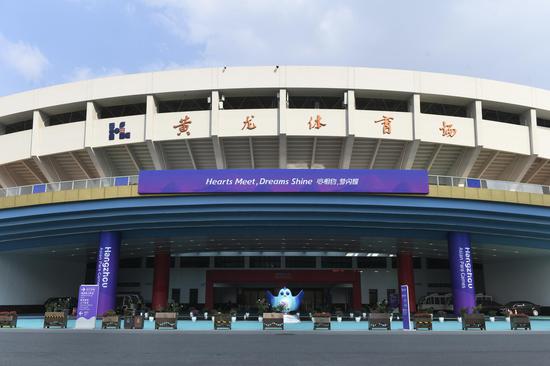
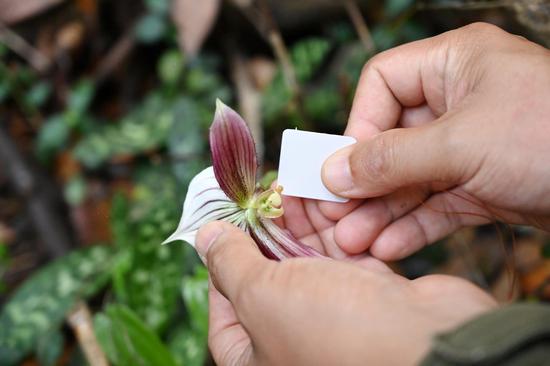

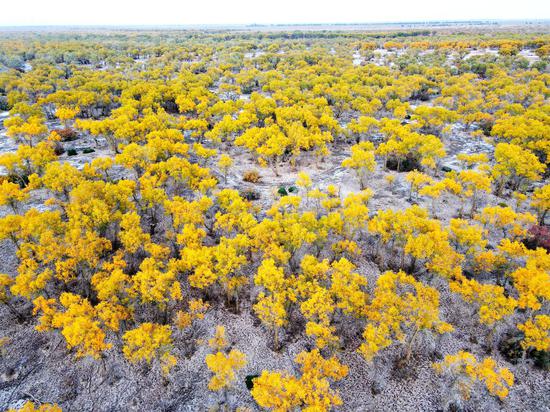
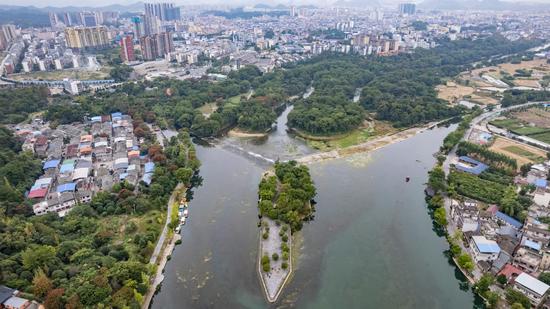

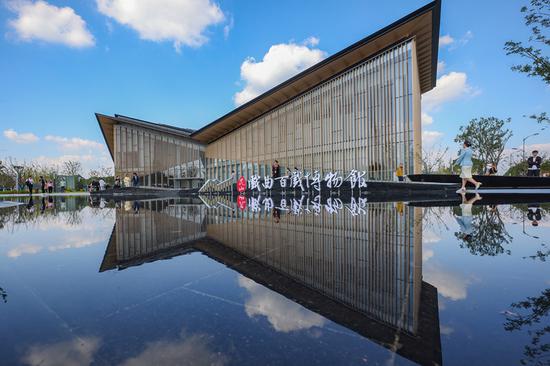

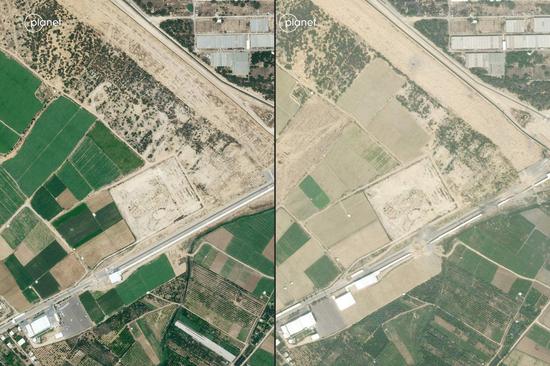

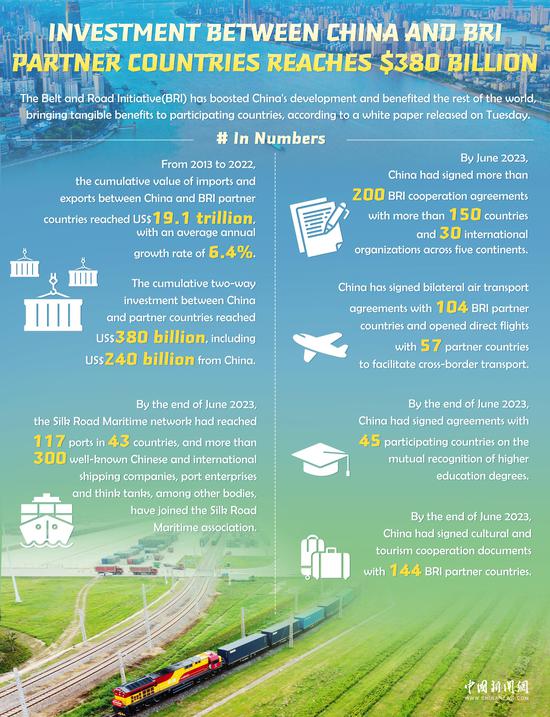
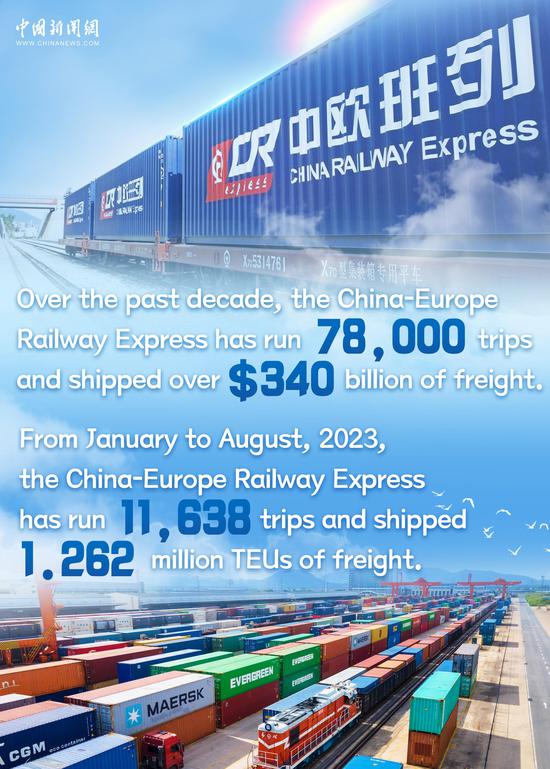


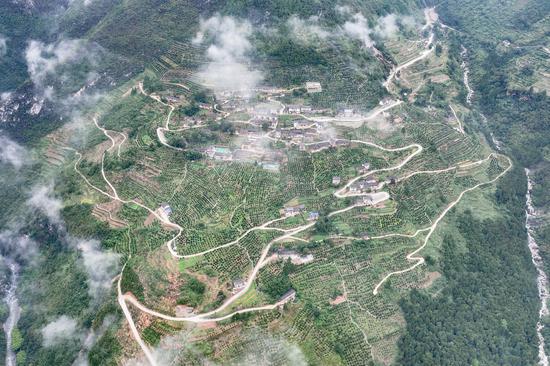





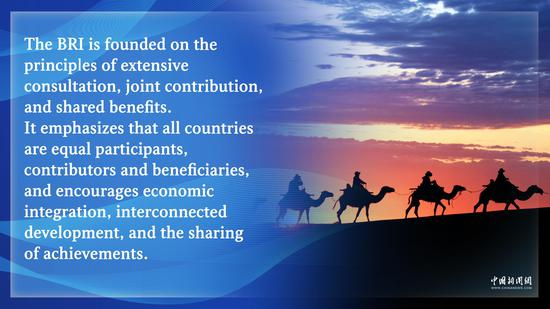

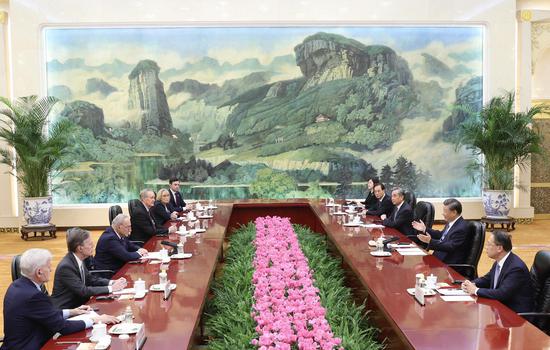

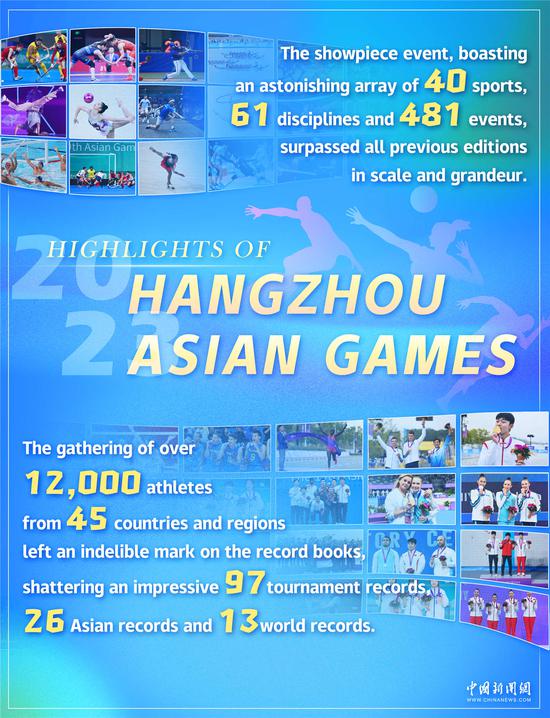



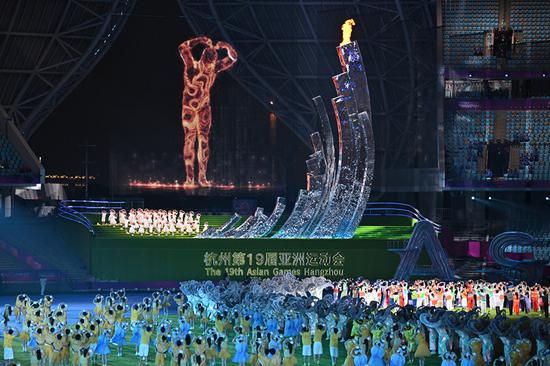
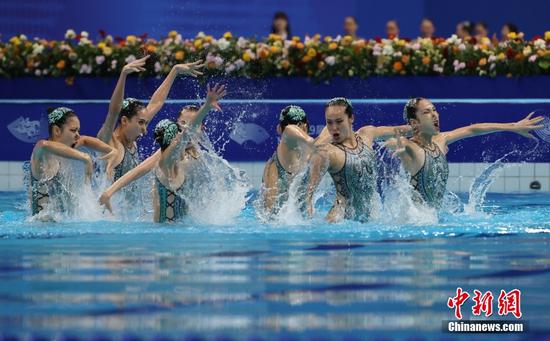

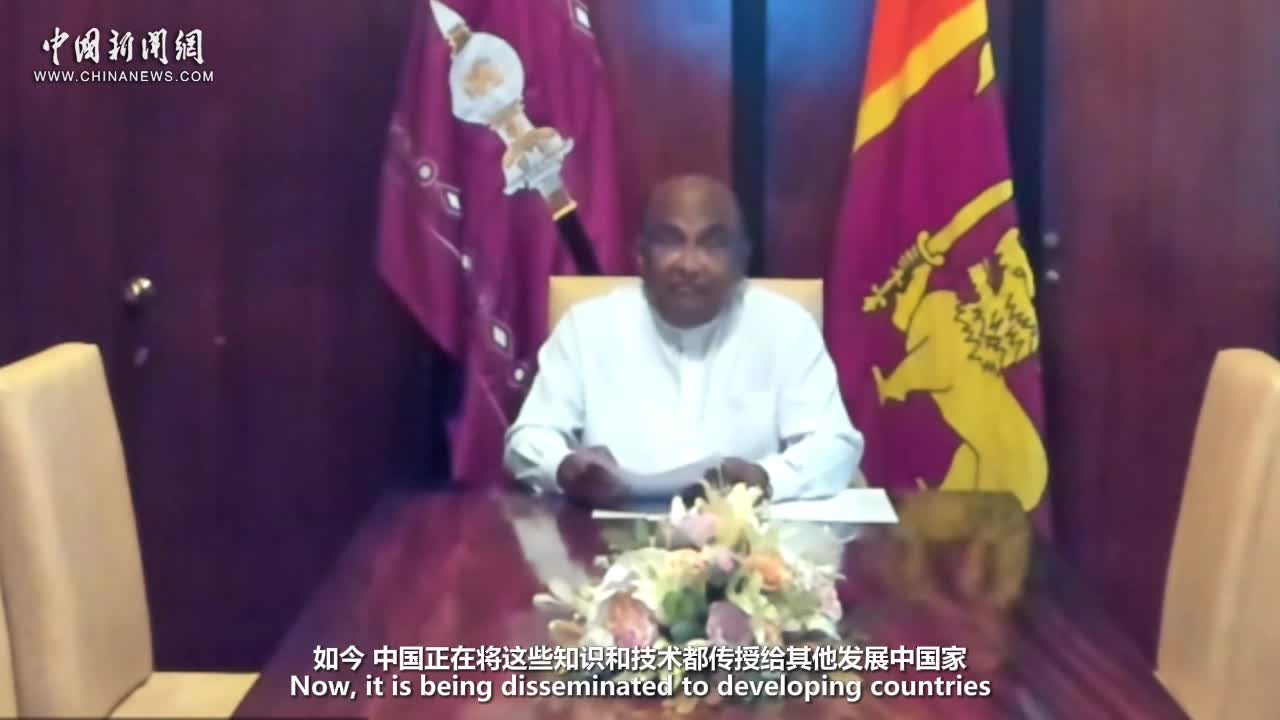



 京公网安备 11010202009201号
京公网安备 11010202009201号